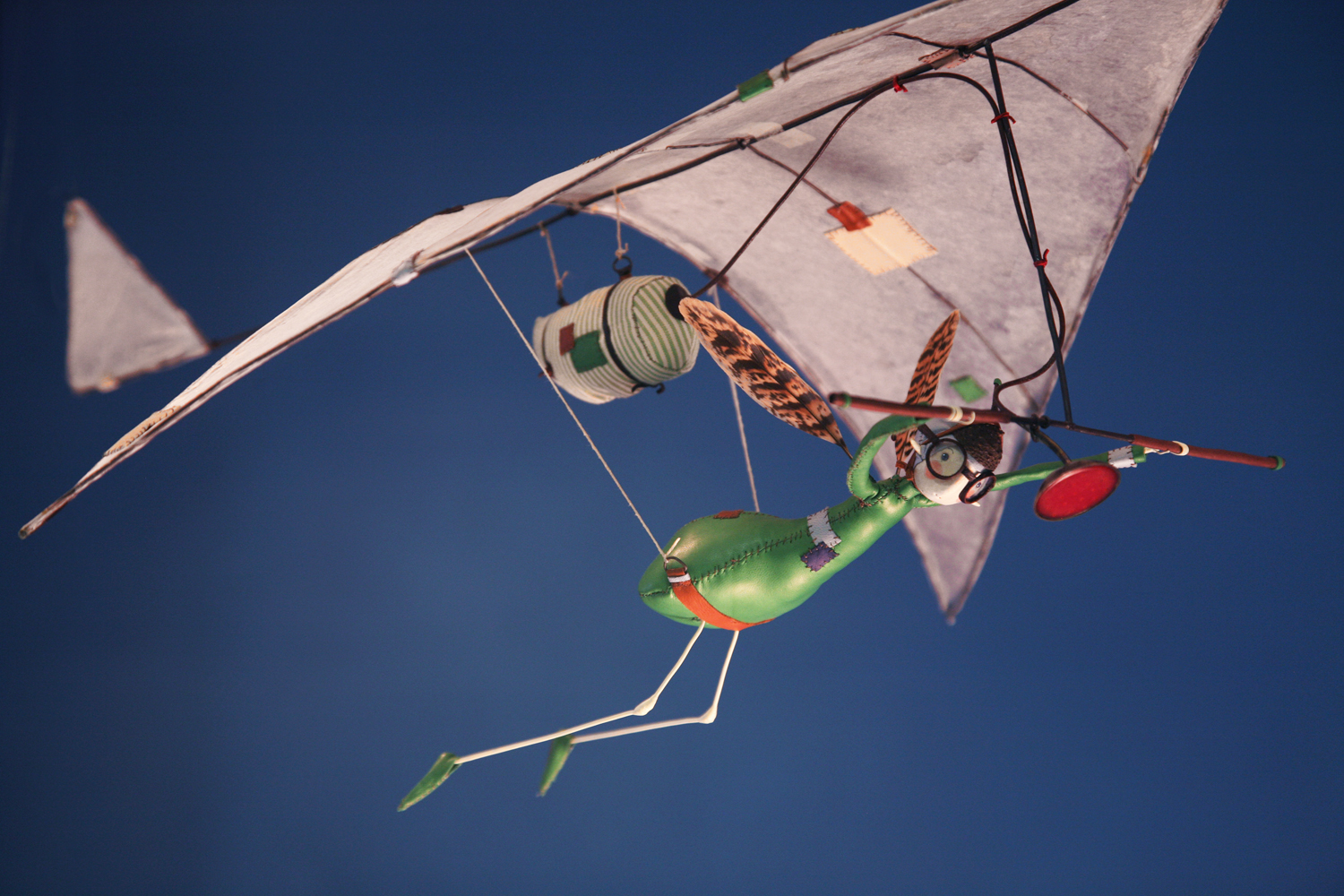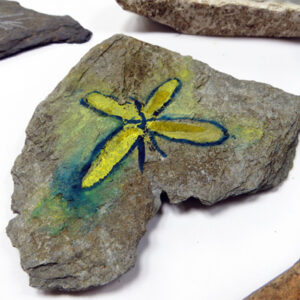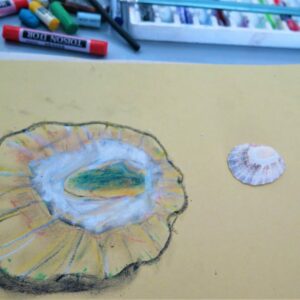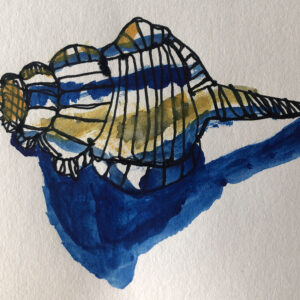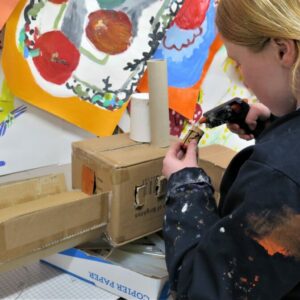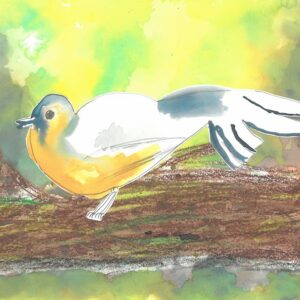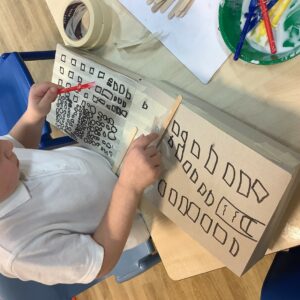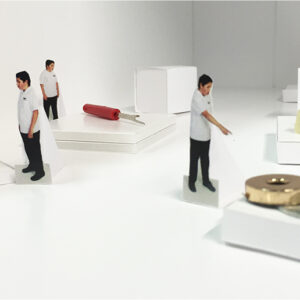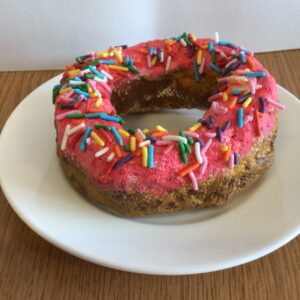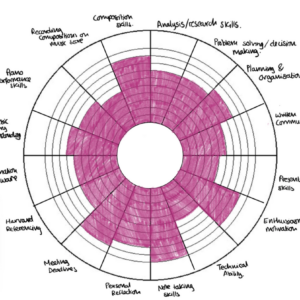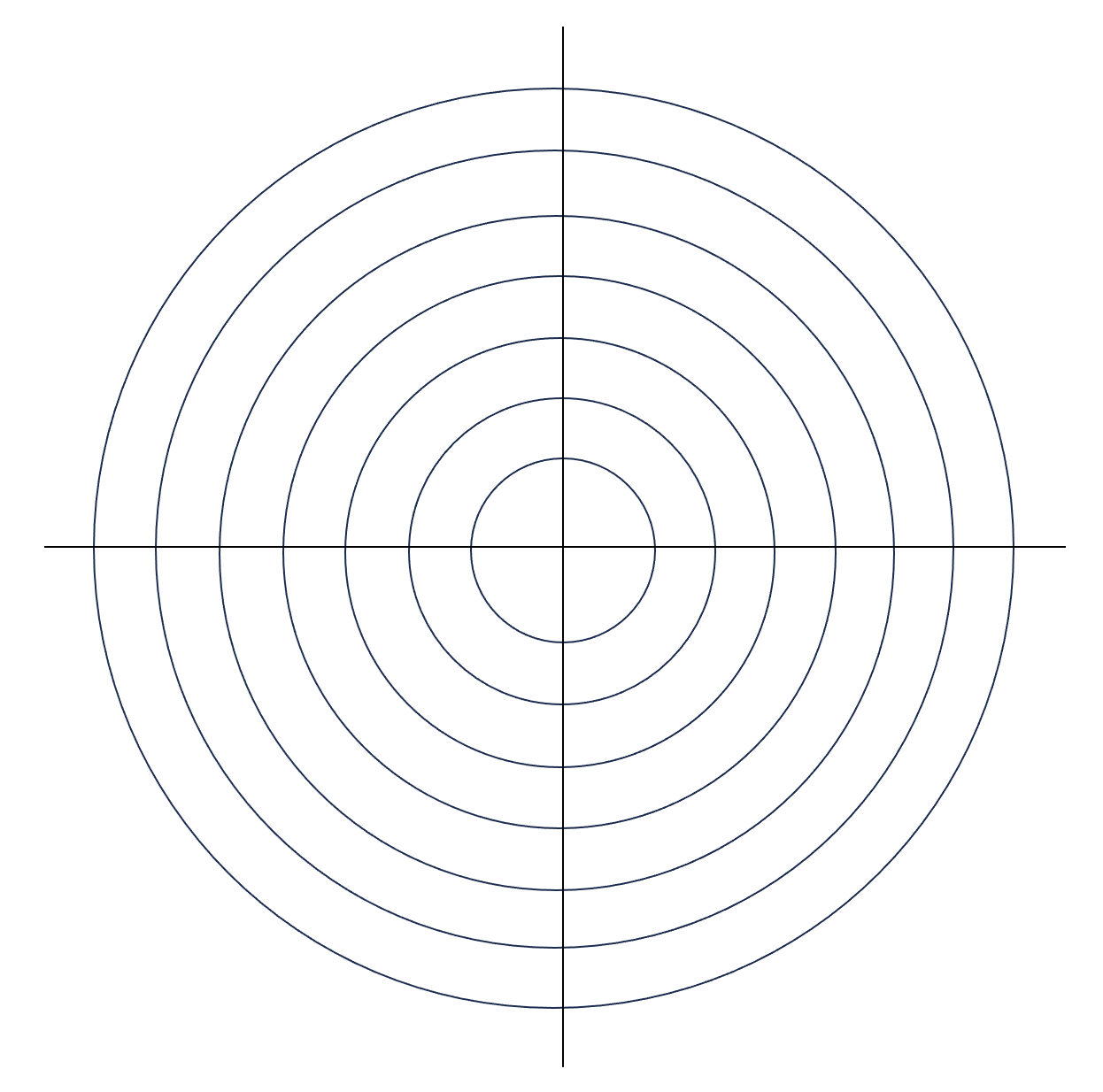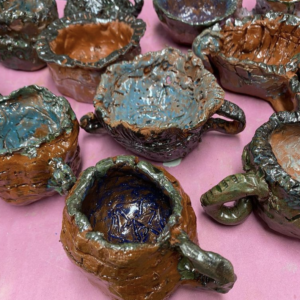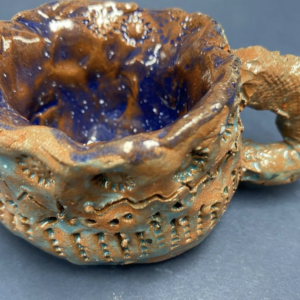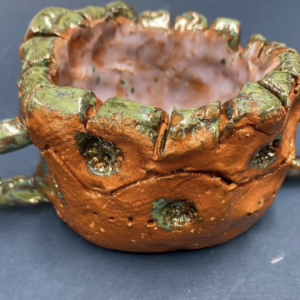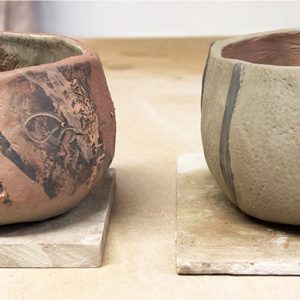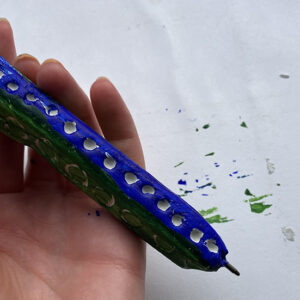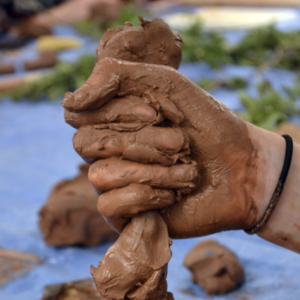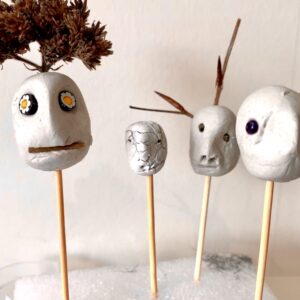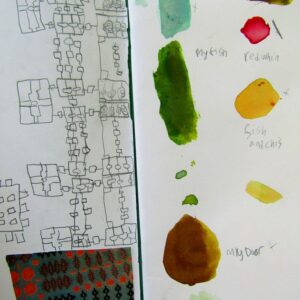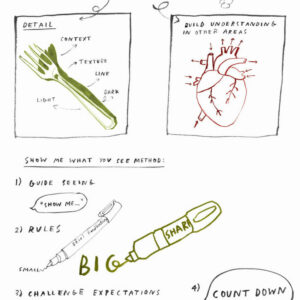Tools & Questions for Assessing Drawing
CPD Recording: Adapting AccessArt
CPD Recording: Be An Architect Pathway
The Disciplines, Skills, Behaviours & Traits Developed Through the AccessArt Primary Art Curriculum
The AccessArt Primary Art Curriculum takes a holistic approach to art education.
Please watch the Thinking about Curriculum Content and Progression in Primary Art recording to understand more about how the disciplines, skills, behaviours and traits in the documents below are developed through our curriculum.
Explore Resources…
Overview of disciplines, skills & behaviours developed from eyfs to ks2
Please explore the different tabs on the excel to view EYFS, KS1-2 and Additional Pathways.
Assessment & Progression
Explore how we might rethink assessment and explore sensitive approaches as a beneficial tool.
Thinking About Curriculum Content & Progression in Primary Art
Paula Briggs from AccessArt shares thoughts about how we might more usefully connect the curriculum we choose to teach with the progress we’d like to see…
You May Also Like…
Disciplines, Skills, Behaviours & Traits Developed through our curriculum
Using Circle Diagrams to Celebrate Progression
Assessment & Progression
Using Circle Diagrams to Celebrate Progression
By Paula Briggs
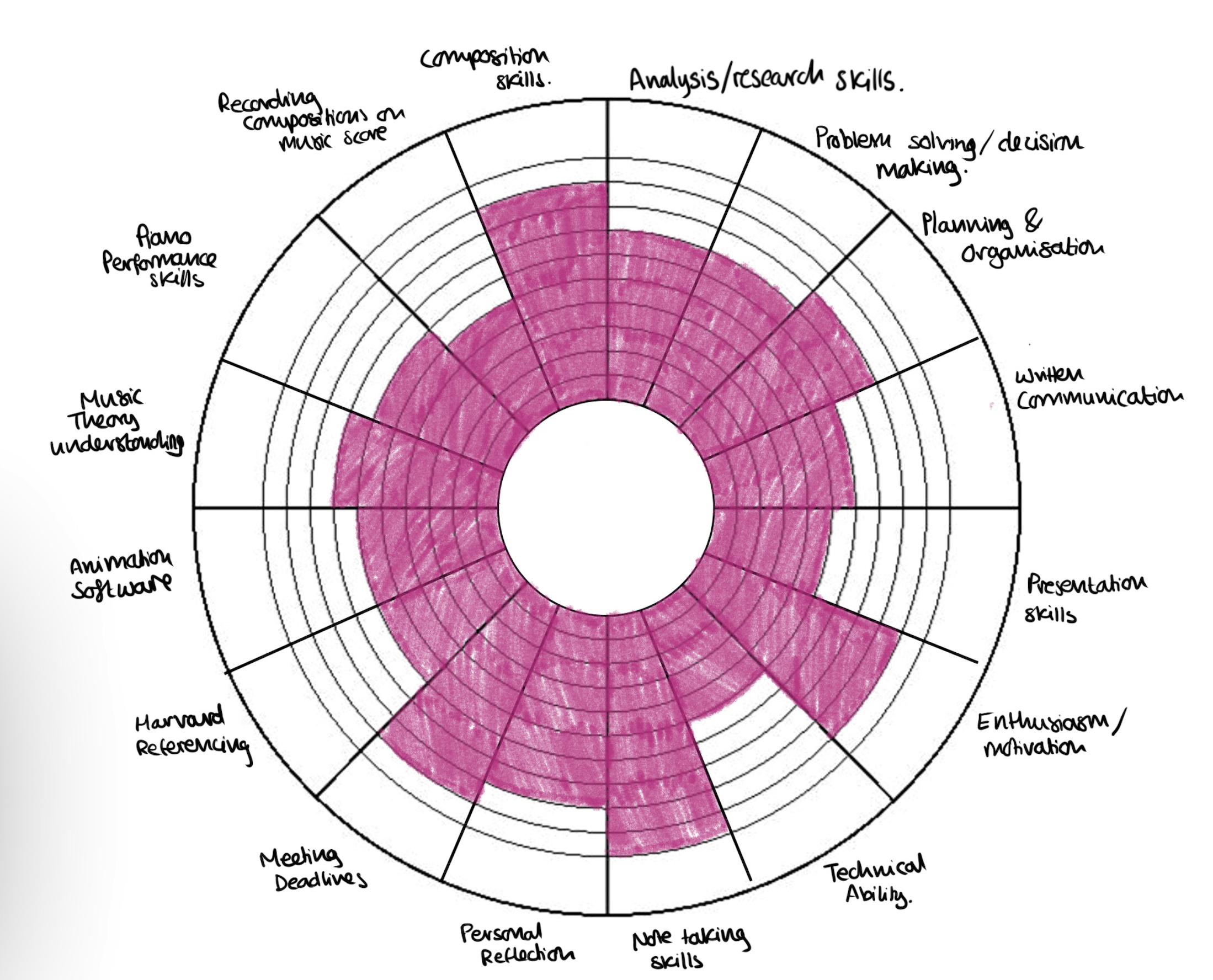
In the recording “Thinking About Curriculum Content & Progression in Primary Art” we discuss the use of Circle Diagrams as a gentle, learner centred way to think about assessment.
The circle diagram above is a sample used in the Extended Project Qualification (EPQ) for Year 12. In this instance the circle diagram enables the learner to think about the areas/skills/traits they would like to progress, placing them around the periphery of the circle. Each week or month as these skills are developed, through tasks, the learner can colour outwards as a pictorial representation of their growth.
AccessArt would like to invite teachers of Primary-aged children to explore the use of this method. The “Thinking About Curriculum Content & Progression in Primary Art” describes the range of skills and traits which we think it is important to develop. By creating a simple circle diagram with your chosen skills/traits, children can become aware of their own sense of development over time.
There are many ways of succeeding in art – for some children looking at and talking about art will be their skill, for other children drawing skills will be their strength, for others making. We don’t want or need to make sure all children succeed equally in all areas – of course children will progress all skills, but the circle diagram enables everyone to celebrate each child’s particular strengths without pitting them against another child or a fictitious standard. The aim is not to see the whole circle coloured in, but instead to use the diagrams to recognise where strengths (and perhaps areas to be developed) exist.
Remember:
-
Keep it light and celebratory! There is no need for heavy handed assessment – creativity is a fragile thing and it can be easily damaged.
-
Think holistically! Learning takes place through art, as well as about art, and the development of the pupil as a whole person is important. Never rely on measurement of certain skills (such as technical skills) above all other skills. Watch the video here.
Download our template circle diagram here.
You May Also Like…
Assessment & Progression
Adapting AccessArt: Stone Age Clay Play
The AccessArt Primary Art Curriculum – Impact & Evidence Autumn 2023
The AccessArt Primary Art Curriculum User Survey October 2023
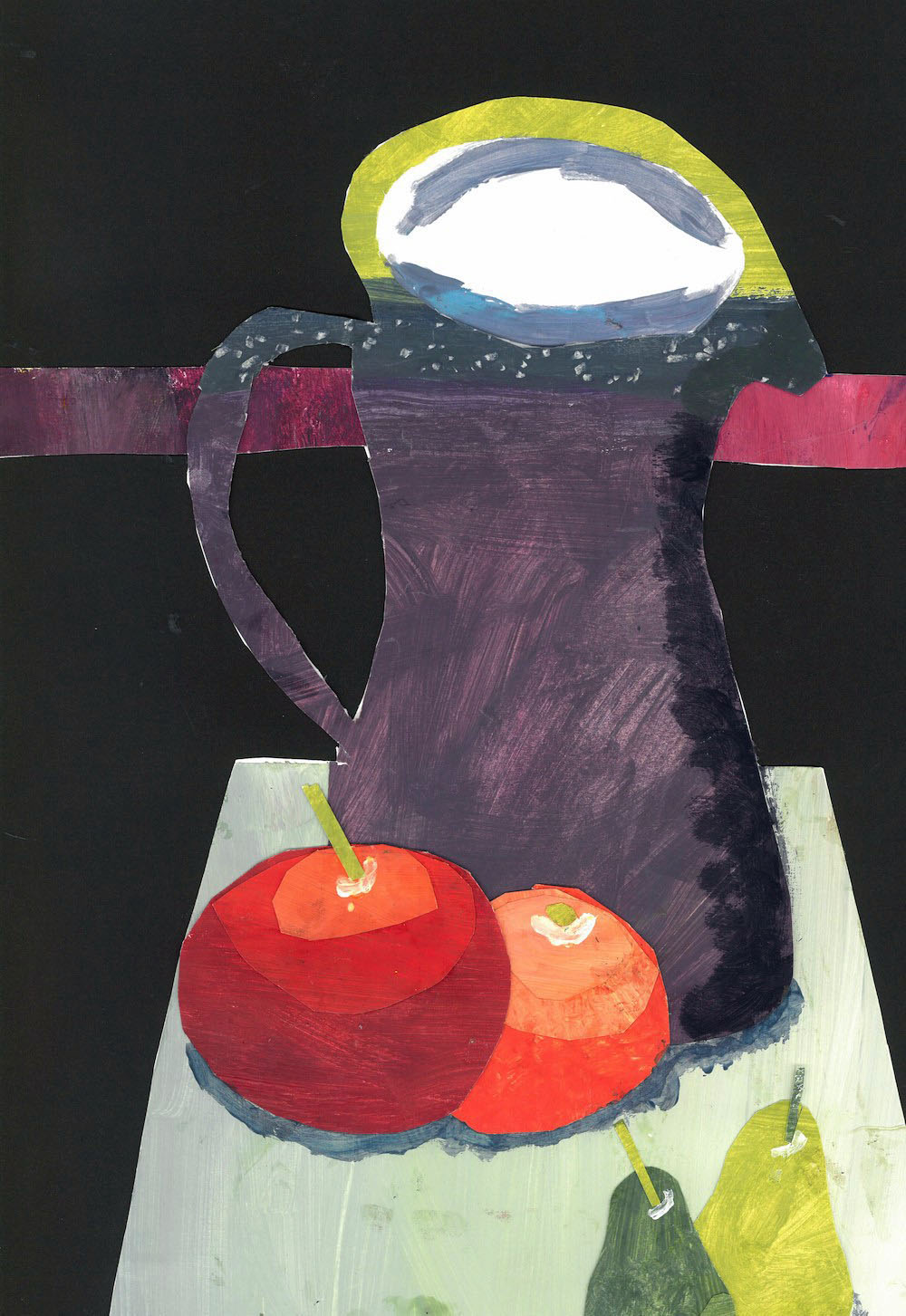
In the summer of 2023, a year on from the launch of the AccessArt Primary Art Curriculum, we conducted this survey to invite users to feedback their experiences of using the resources so far.
You can find everything you need to know about the AccessArt Primary Art Curriculum here. The survey did not include feedback to the EYFS element of the Curriculum, though many respondents mentioned the benefits of this addition in their qualitative responses.
A total of 447 people completed the survey – thank you to all those who took the time. We hope you find this summary useful.
You can find a pdf of the report here including an appendix of qualitative feedback.
How do Schools Use AccessArt?
How is AccessArt Being Used Across Schools?

The majority of respondents use AccessArt as a scheme, with a smaller percentage using our resources to support their own planning or to extend the resources of other schemes such as Kapow.
How Large is Your School?
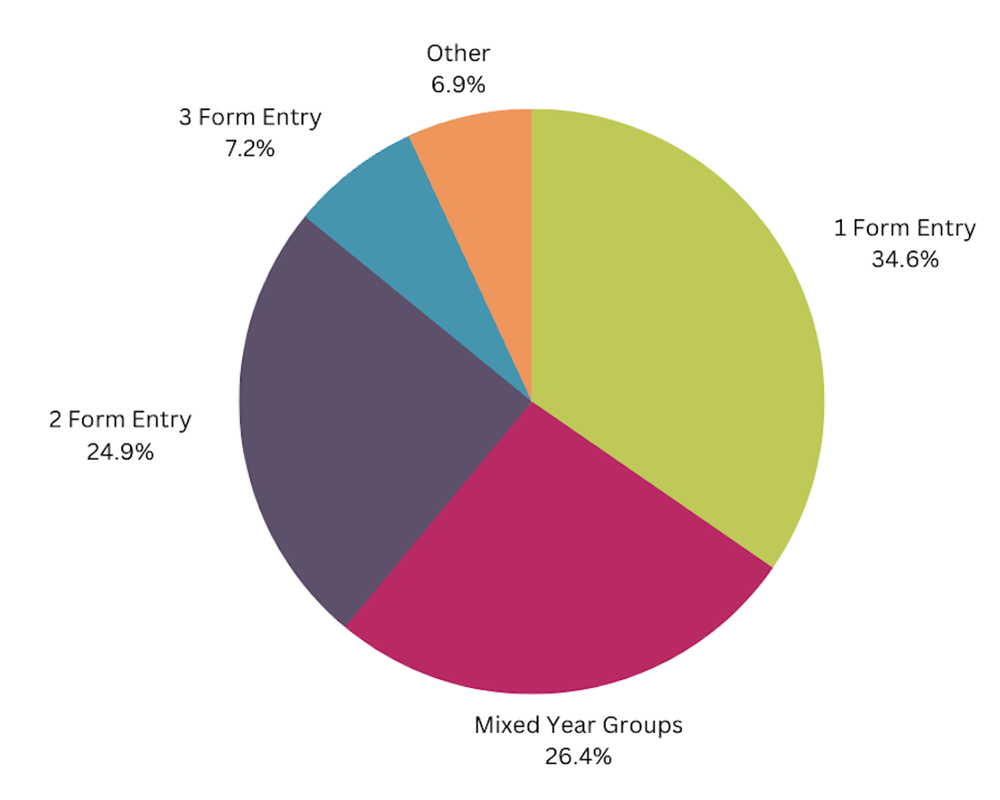
How Long has Your School Been Using AccessArt?
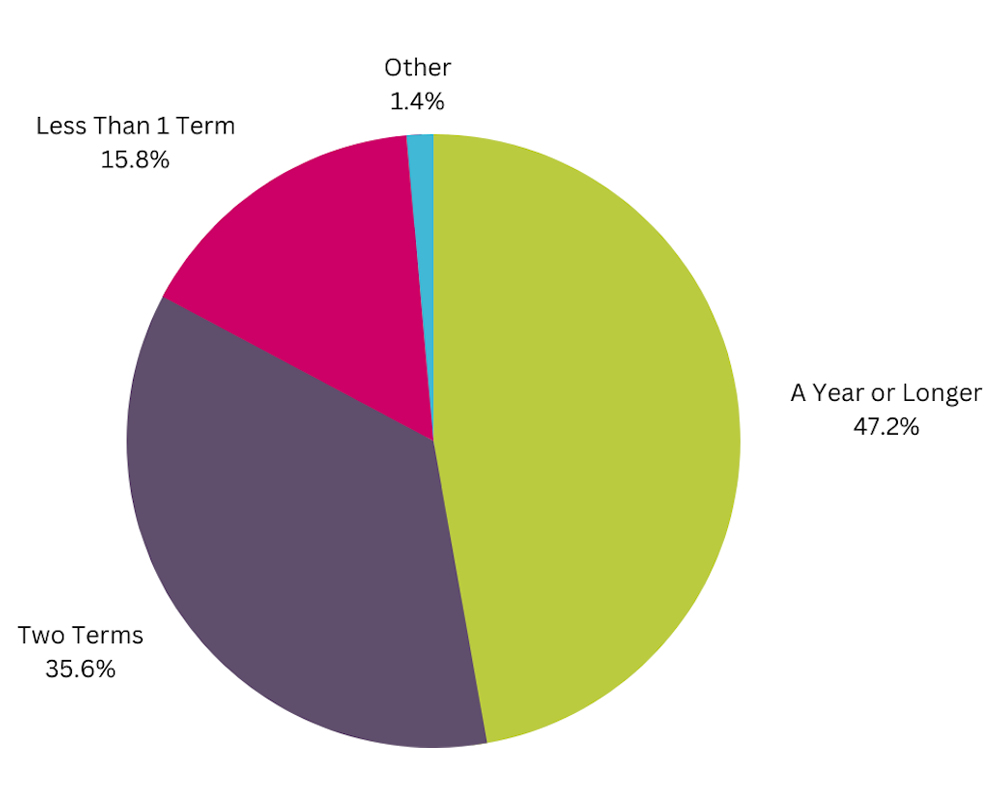
The smallest school that uses AccessArt as a scheme has just 18 pupils.
The majority of schools are 1 form entry and a significant number teach in mixed year groups.
AccessArt Primary Art Curriculum Versions
We offer four versions of the Curriculum: the Full (36 pathways based upon one week of art each week), the Split (for schools who alternate Art with DT), the Mixed (for schools teaching art full time in mixed year group classes), and the Split & Mixed (for schools teaching in mixed year group classes and alternating with DT).
Interestingly, and a clear indicator of the pressures on schools across the timetable, the single largest sector of schools use
our Split Curriculum. This may also be an indicator of the flexibility of our Curriculum for schools working in this way.
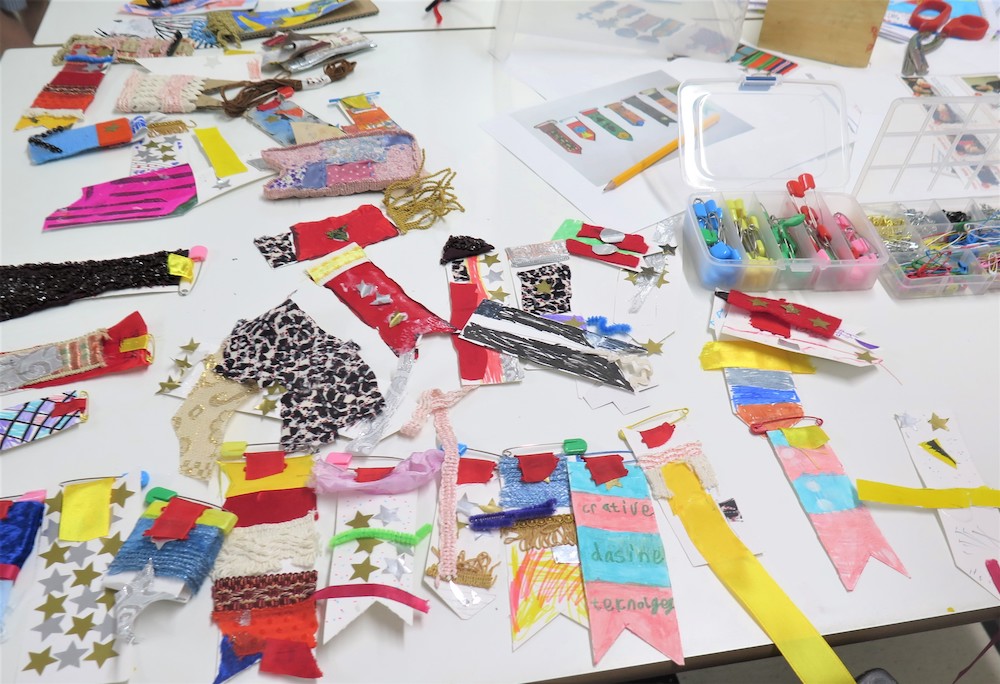
Which Curriculum is Used by Schools?
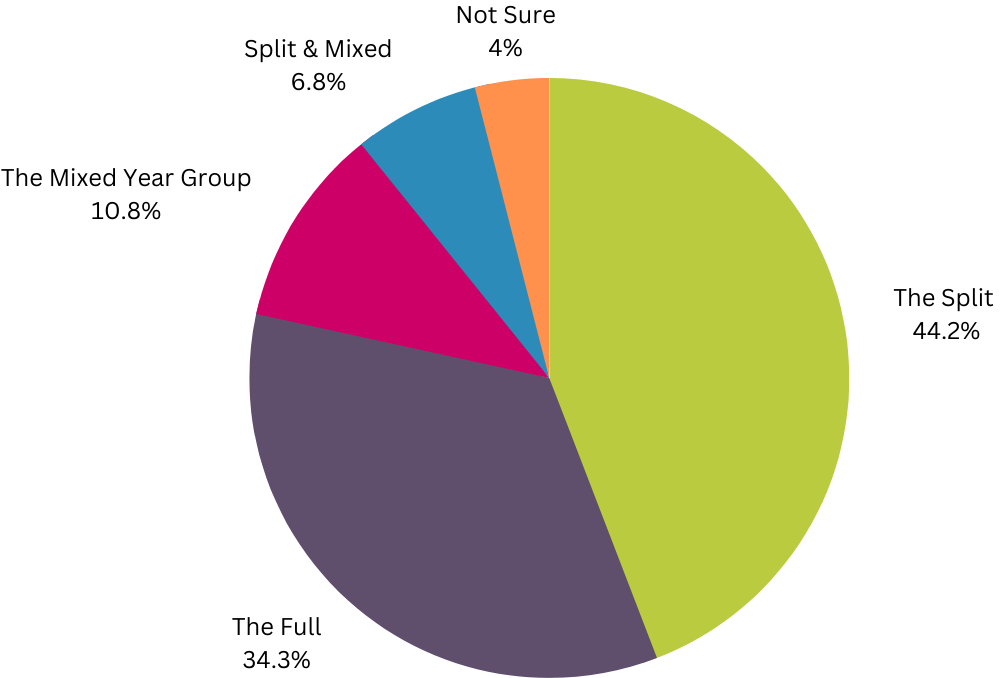
Some schools did comment that using the Split Curriculum successfully
in their school had strengthened their argument to move art to a full time basis; clear evidence that if we can create an enthusiasm for art in schools amongst teachers and pupils, and demonstrate its purpose and relevance, then we can create a demand.
When making choices about which scheme to use, it is vital that teachers choose a scheme whose ethos matches or informs that of the school.
The Pathways, Creative Ethos, flexibility and adaptability all scored highly as reasons teachers choose AccessArt. The Curriculum also comes highly recommended by other teachers and trusts.
Why do Schools Choose AccessArt?
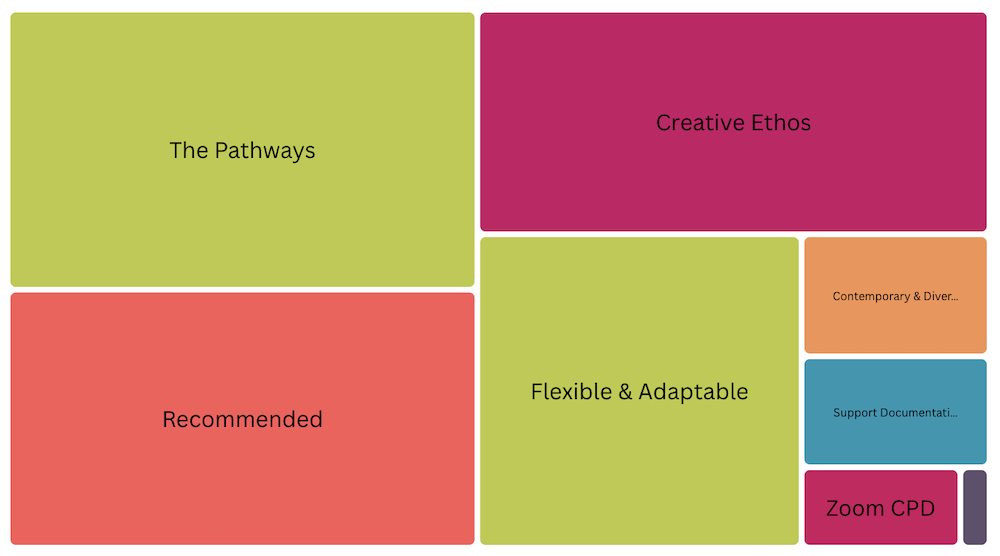
Impact Upon Teaching
We are thrilled to see dramatic increases in staff experience, confidence, and enthusiasm in teaching art after just a short time of using our resources, as perceived by the Art Lead.
Staff Feeling Before AccessArt

Staff Feeling After AccessArt
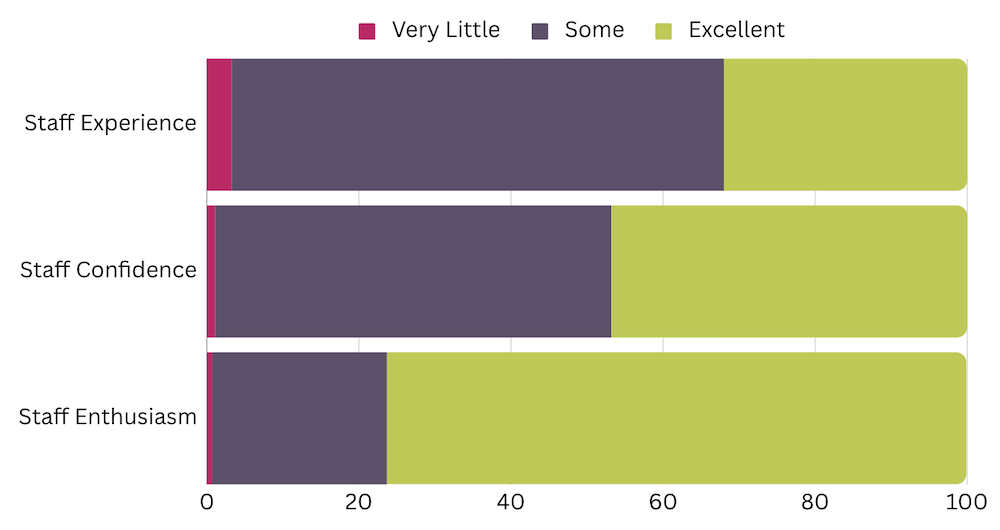
Over 67% of respondents feel that their arts curriculum is now more diverse, contemporary and relevant, and therefore there was more appreciation for art as a valuable subject in their school. Over 66% of teachers feel that they now have a clear structure from which to explore art, and that they understand how their teaching fitted into the bigger picture in school. 62% of teachers have a better understanding of the importance of an open-ended exploratory approach and how to enable this kind of learning.
Class teachers reflected upon changes to their own understanding, with 47% / 49.4% teachers agreeing / strongly agreeing that their confidence had increased, 39% / 58.5% of teachers agreeing / strongly agreeing that they felt more enthusiasm to teach art, and 50% / 45.1 agreeing / strongly agreeing / that their understanding in teaching art had increased.
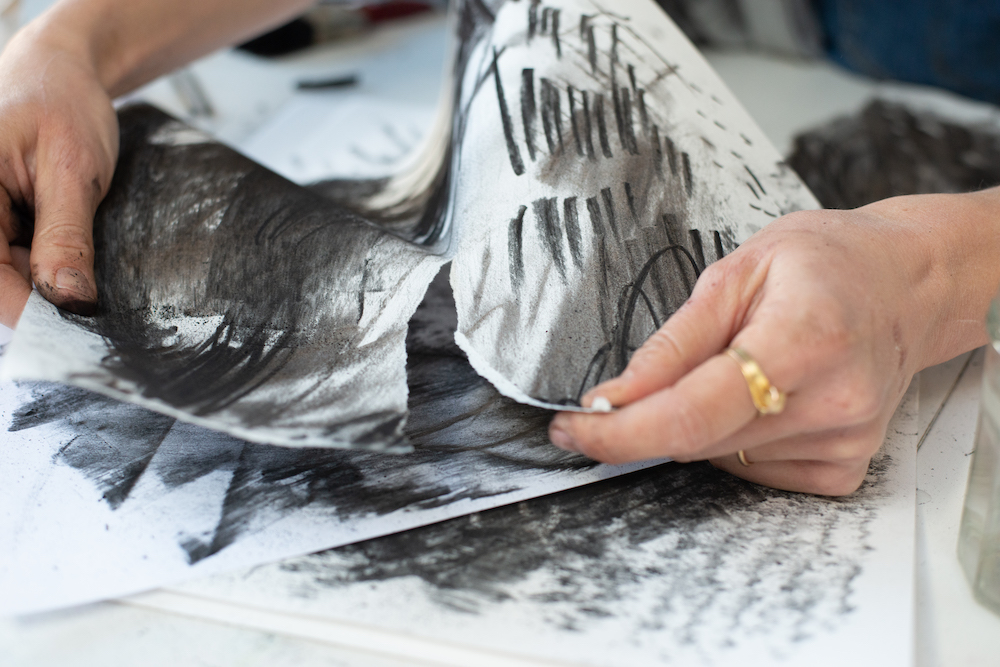
Impact Upon Teachers
65% of teachers responded saying they felt using our resources had helped them feel more connected to their own creativity.
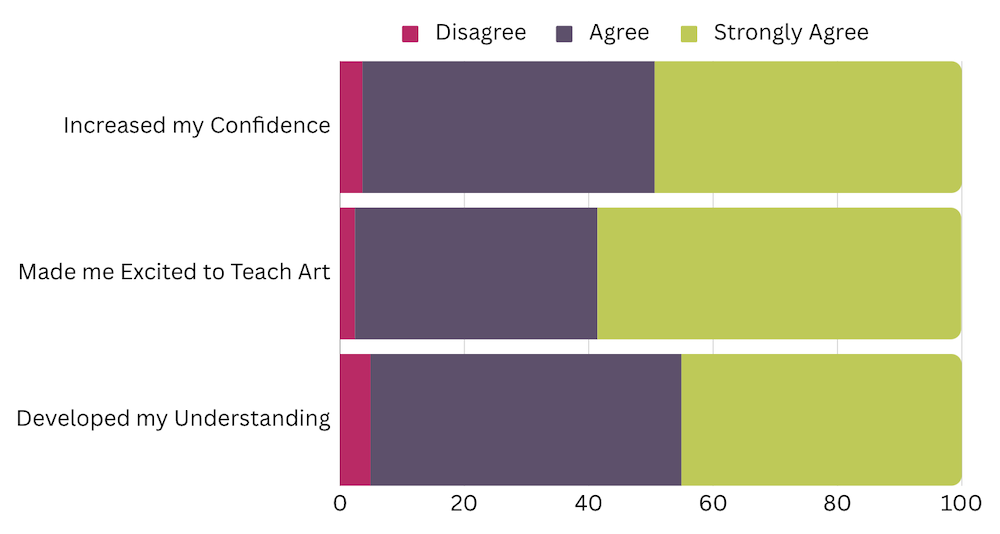
Adaptability
Over 68% found it easy to adapt the Pathways to their pupils / needs.
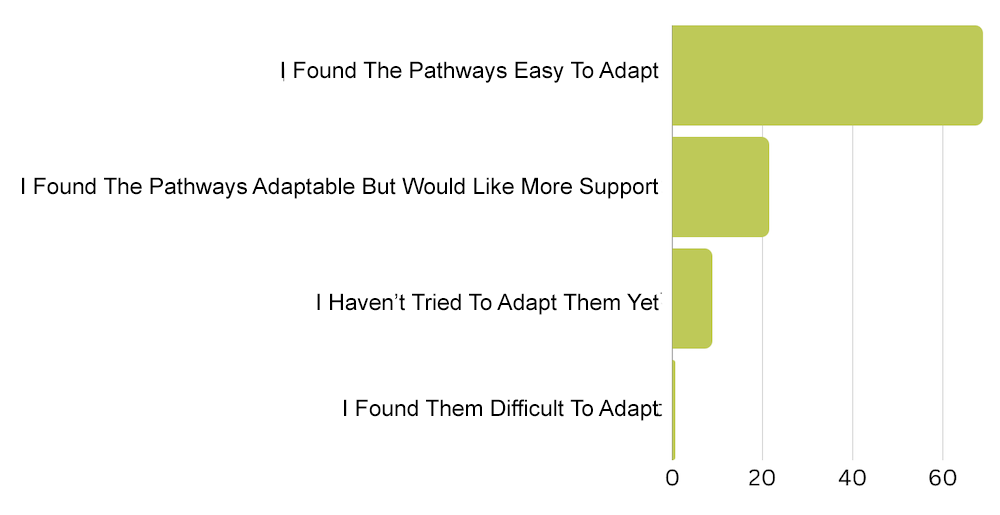
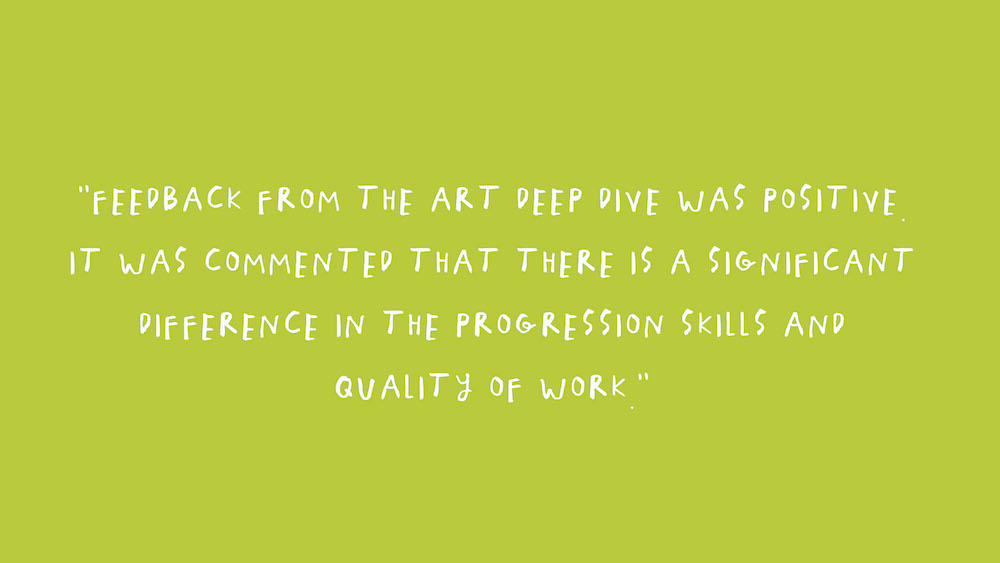
Ofsted
Of those who answered, 26% were due for an Ofsted Visit imminently and 13% had just been visited. AccessArt will be inviting teachers to submit experiences to share on AccessArt.
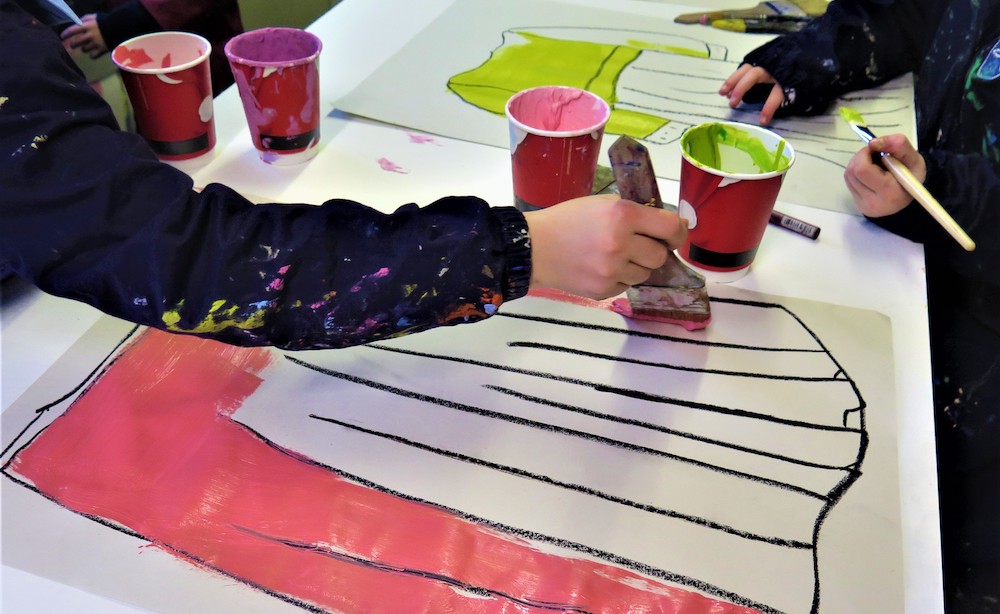
Impact on Children
As with the teachers, we saw large increases in confidence, enthusiasm, skills and knowledge from the children, as perceived by the teachers. This is especially heartening to hear given the short amount of time most schools have been using AccessArt. We expect these increases to compound over time as children are exposed to AccessArt approaches and pathways each year.
Pupils Before Using AccessArt
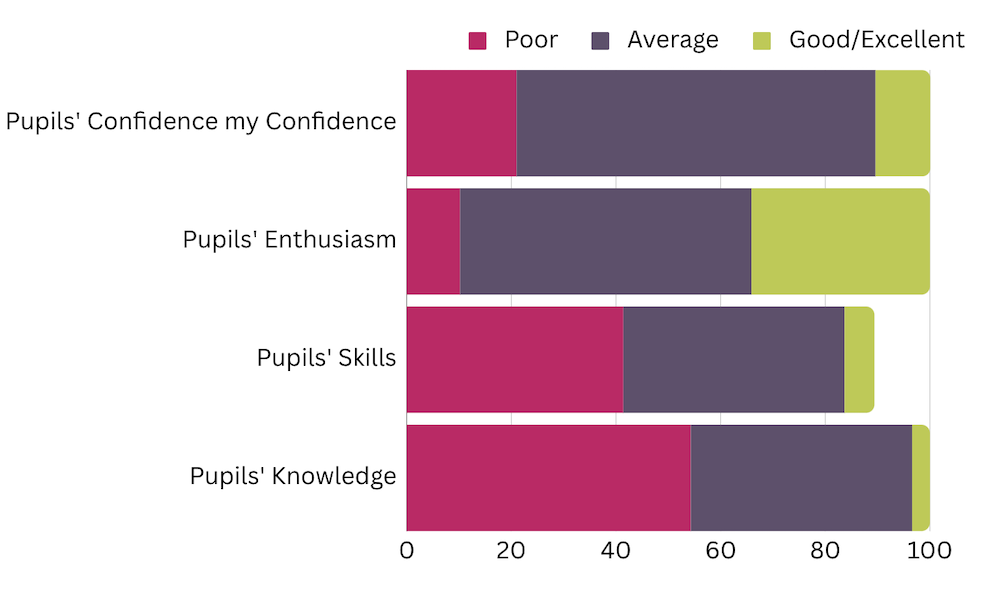
Pupils After Using AccessArt
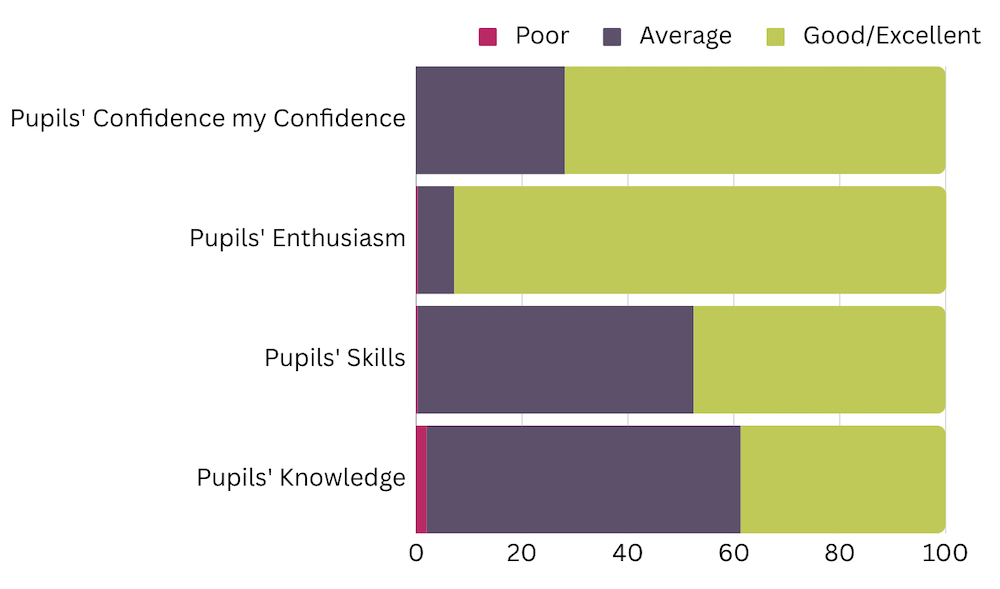
Skills and Knowledge
Teachers report demonstrable growth in skills and knowledge relating to drawing (77.4%), sketchbooks (71.9%), painting, printmaking & collage (45.5%) and sculpture (45.5%), amongst others. These figures follow the emphasis in weight given to these areas in the Pathways with drawing and sketchbooks underpinning all creative activity.
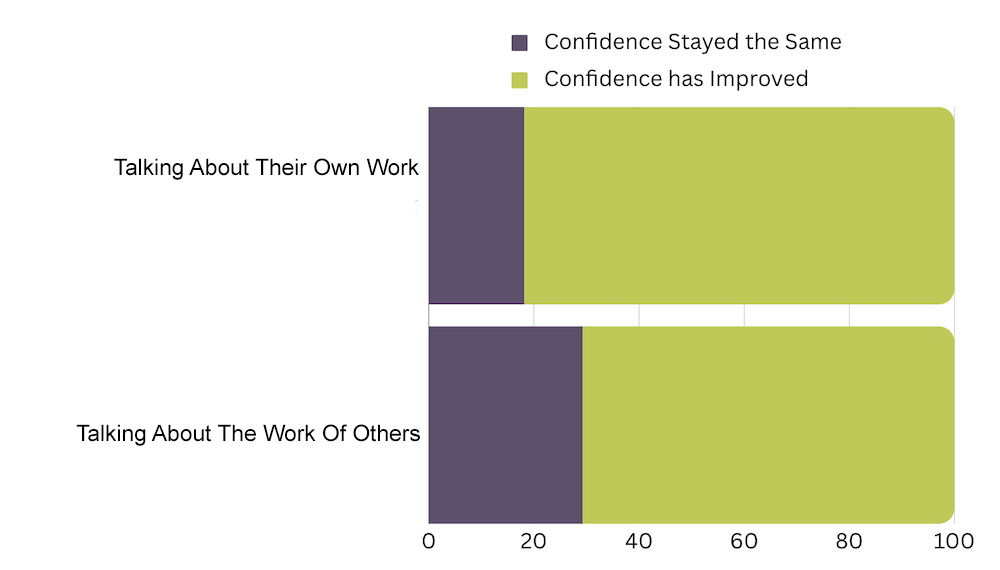
Oracy
Oracy skills have dramatically improved.
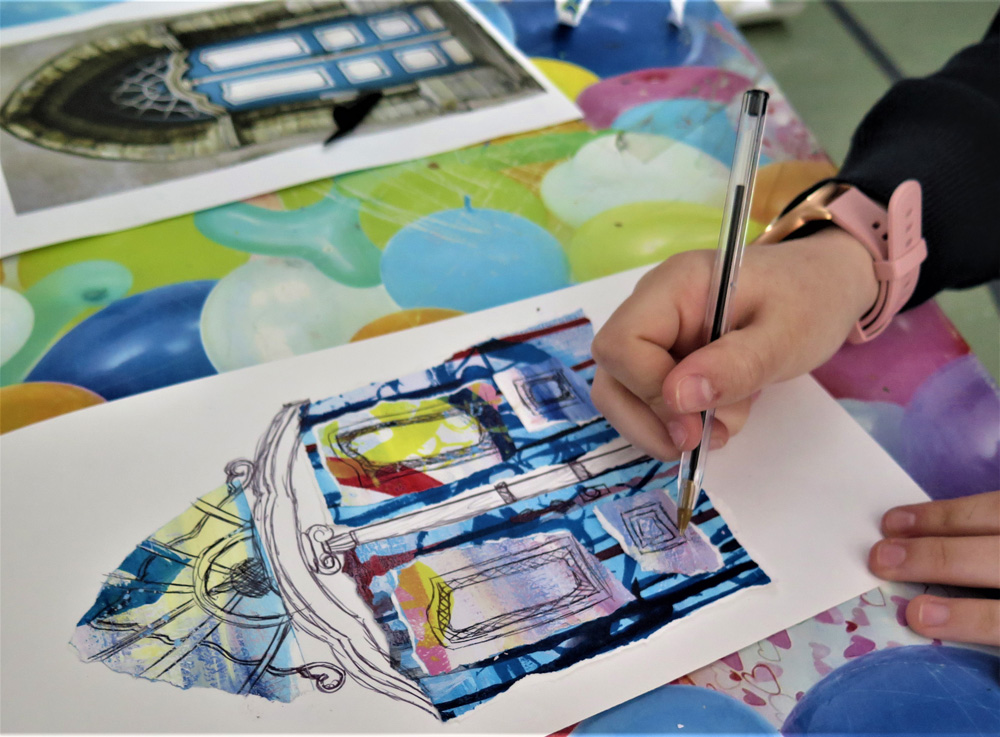
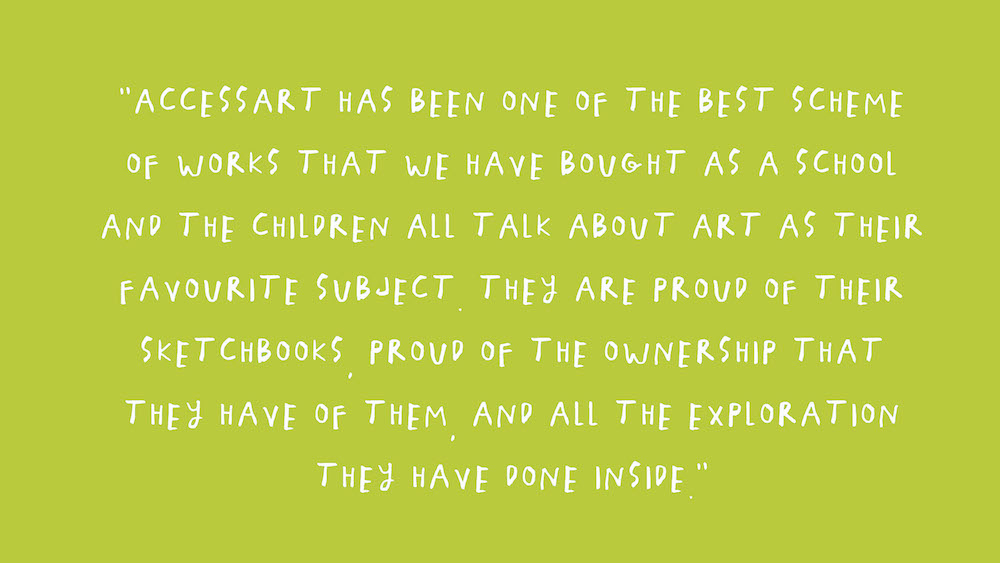
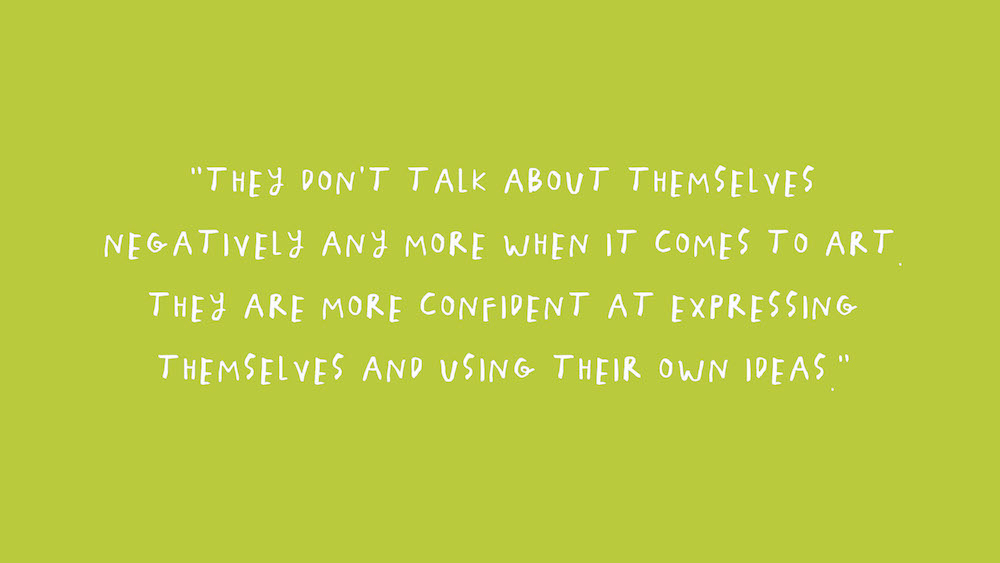

Behaviours
The AccessArt Primary Art Curriculum
is a holistic curriculum, and teachers reported the following behaviours had been developed through Curriculum use:
-
Enjoyment of Exploring 92.8%
-
Willingness to Take Creative Risks
82.1%
-
Sharing Ideas 60.7%
-
Pleasure in Discovery 60.1%
-
Opening of Minds 50%
-
Listening to Others 38.2%
-
Sense of Identity 28.9%
You can find a pdf of the report here including an appendix of qualitative feedback.
Explore examples of the work made by schools inspired by the AccessArt Primary Art Curriculum.
CPD Recording: Using AccessArt in ITE and ITT
Magic Caring Box
Talking Points: Samantha Bryan
A collection of sources and imagery to explore the work of Samantha Bryan.
This resource is free to access and is not a part of AccessArt membership.
Please note that this page contains links to external websites and has videos from external websites embedded. At the time of creating, AccessArt checked all links to ensure content is appropriate for teachers to access. However external websites and videos are updated and that is beyond our control.
Please let us know if you find a 404 link, or if you feel content is no longer appropriate.
We strongly recommend as part of good teaching practice that teachers watch all videos and visit all websites before sharing with a class. On occasion there may be elements of a video you would prefer not to show to your class and it is the teacher’s responsibility to ensure content is appropriate. Many thanks.




Samantha Bryan
“Working from her garden studio in Mirfield, West Yorkshire, Samantha Bryan has produced a new body of work for her exhibition at YSP celebrating 20 years of making. Known for creating distinctive figures, she has gained a worldwide cult following.
For two decades Bryan has been making humorous yet industrious fairy-like creatures; adorned with items from her eclectic hoard of buttons, spotted feathers, seed pods, dyed leathers, and contraptions influenced by Victorian flying machines. She combines these materials and found objects to inform their intriguing personalities.” – Yorkshire Sculpture Park
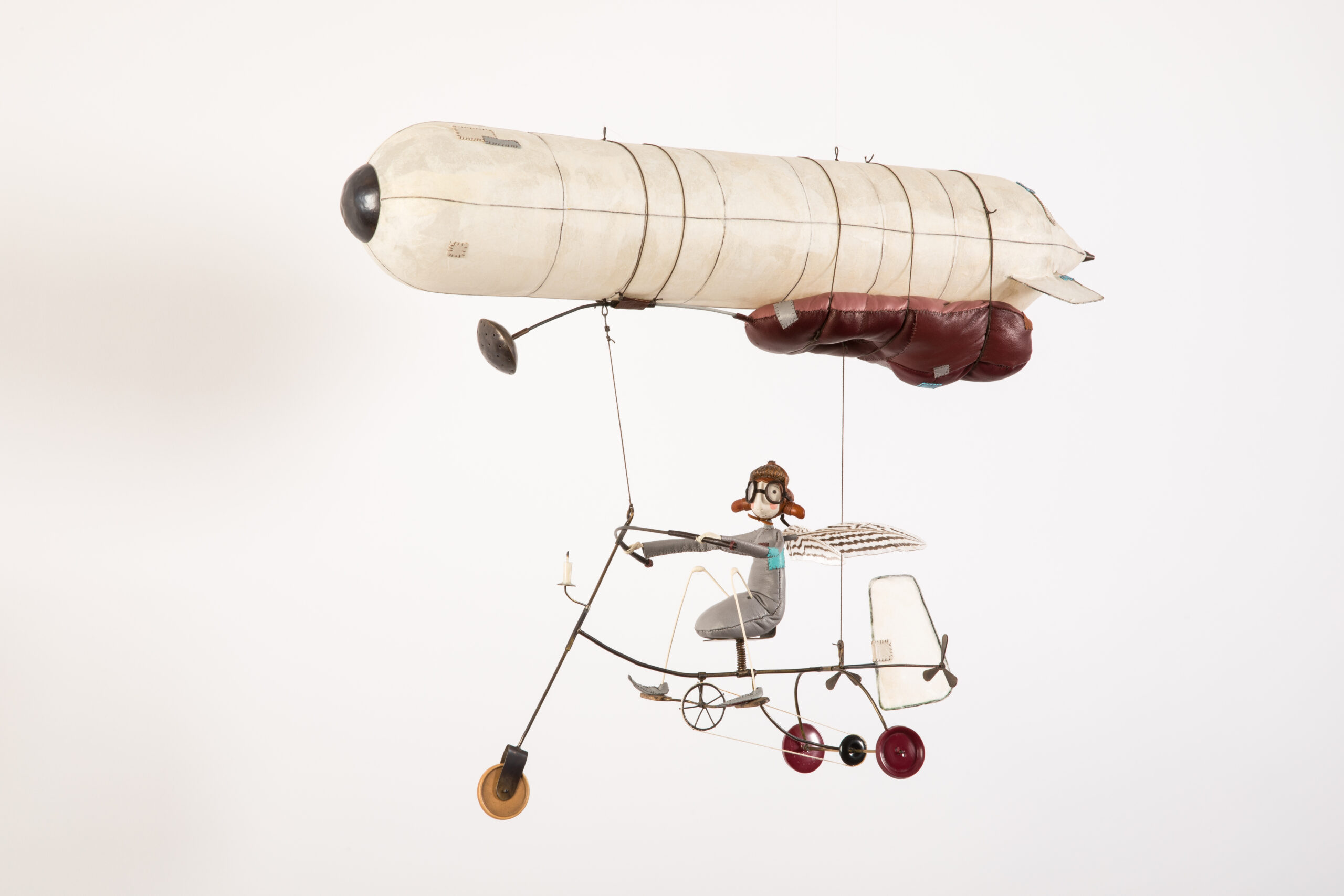
Introducing the BAAV Blimp
Brain’s Ariel Application Vehicle is a new cutting edge tool welcomed by the Fairy Dust Industry. This aircraft can do in minutes what it would take ground-based workers days to complete. Its increased capacity makes dust spreading incredibly efficient. It’s hopper can hold 120 pounds of dust and can sprinkle around 80 acres per hour. Revolutionary for fairy life.
51 x 41 x 21cm (w,h,d) 2022 Image: Red Photograpgy

Introducing… Brain’s Bottom Warming Garments for fairies. Vital for high altitude flying. 36 x 12cm x 10cm (h,w,d) 2022 Image: Joanne Crawford
Fairies often find themselves flying at high altitude. A dangerous pursuit with its many risks. The most obvious and most disastrous outcome would be ‘wing or limb freeze’. The consequence of which is high speed plummeting fairies. This is easily preventable if body temperature is maintained.
Bottom Warming Garments for fairies © were first developed in 2008. Rolled out in 2009, the revolutionary bottom warming garment has prevented numerous fairy injuries to date.
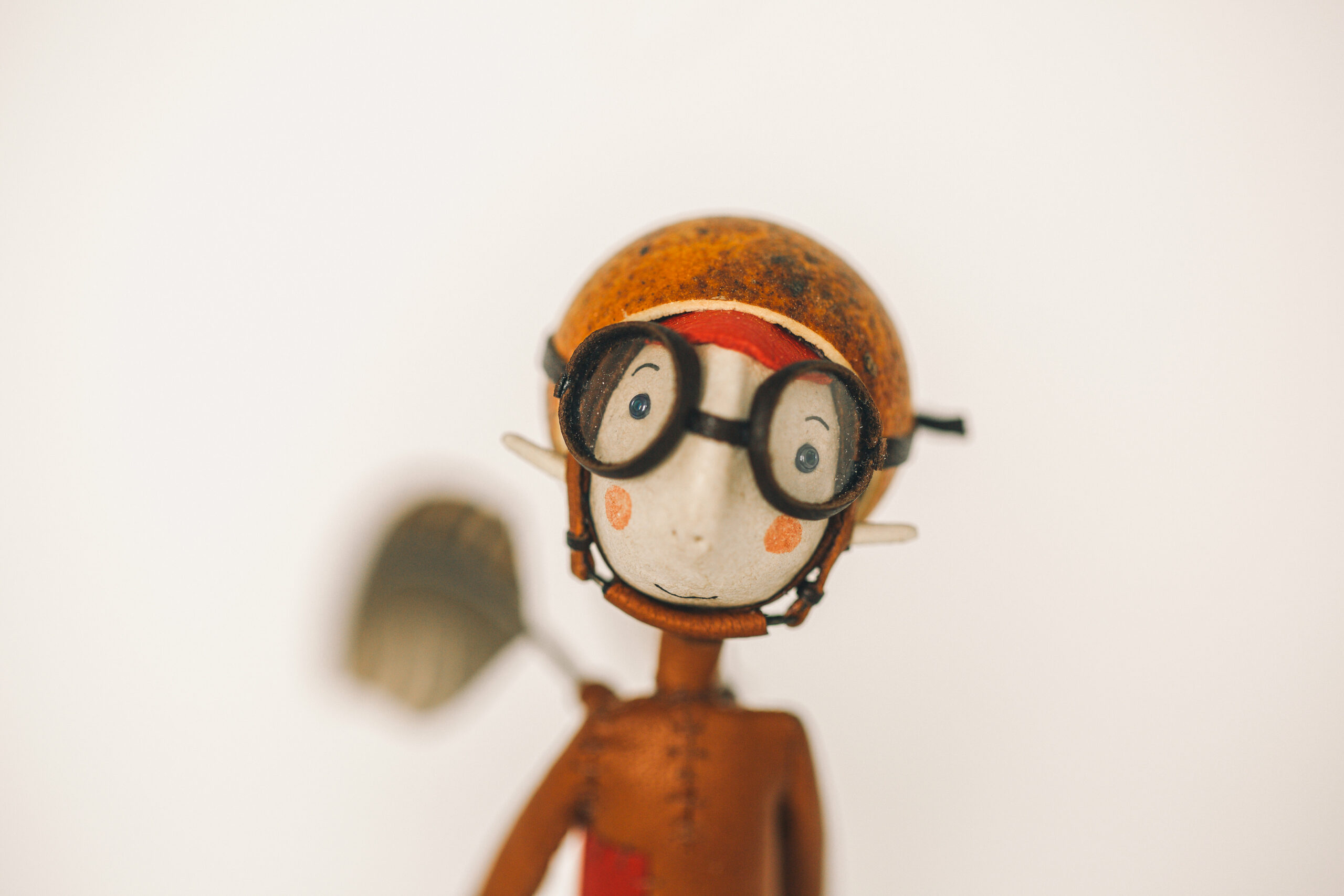
Brain’s Crash Helmet, designed specifically for accident prone fairies…
36 x 12cm x 10cm (h,w,d) 2015 Image: Jess Petrie
The clumsier variety of fairy would always be advised to wear a crash helmet rather than a standard issue helmet. The Crash Helmet offer greater head coverage and substantial inner padding for increased protection.
The fairy is wearing a tan leather flight suit, hand stitched with patch detail. It stands securely on a wooden base that can be easily mounted on the wall should you wish to do so. It features a typed label and is signed on the reverse
